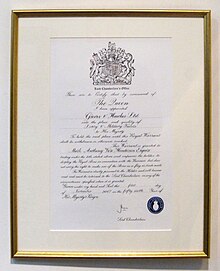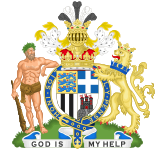**1. History of Royal Warrants:**
– Royal warrants have been issued since the 15th century.
– They replaced royal charters in England in the 15th century.
– The first royal warrant holder was William Caxton in 1476.
– Monarchs like King Charles II and Queen Victoria granted royal warrants.
– Rules for displaying royal arms were tightened by 1840 to prevent fraud.
**2. Organization of Royal Warrants:**
– Royal warrants are granted by the King and the Prince of Wales.
– Warrants by Queen Elizabeth The Queen Mother expired by 2007.
– Prince Philip, Duke of Edinburgh’s warrants became void upon his death.
– Only tradesmen qualify for royal warrants, not professions like media or government.
– Currently, over 1,100 royal warrants are held by 850 individuals and companies.
**3. Examples of Royal Warrant Holders:**
– Examples of royal warrants include Twinings, Schweppes, and Unilever.
– Warrants are granted to suppliers like Countrywear Ballater and C.T. Maine.
– The Goring and EWS Railway are also holders of royal warrants.
– Historical examples include Robert Best Ede and James Taggart.
– Royal warrants are displayed on products like tea, soft drinks, and mustard.
**4. Resources and Further Reading:**
– ‘By Appointment: 150 Years of the Royal Warrant and Its Holders’ by Tim Heald.
– ‘A Peerage for Trade: A History of the Royal Warrant’ by Tim Heald.
– External links to the Royal Family website and the Royal Warrant Holders Association.
– Additional references and historical context related to royal warrants.
**5. Related Concepts and Further Information:**
– Reference to brand management in relation to royal warrants.
– CNBC article on affordable brands favored by the royals.
– Guidance notes for warrant holders upon the death of a grantor.
– Articles and studies discussing royal symbols and their impact on consumer culture.
Royal warrants of appointment have been issued since the 15th century to those who supply goods or services to a royal court or certain royal personages. The warrant enables the supplier to advertise the fact that they supply to the royal family, thereby lending prestige to the brand and/or supplier. In the United Kingdom, grants are currently made by the two most senior members of the British royal family to companies or tradespeople who supply goods and services to individuals in the family.

Suppliers continue to charge for their goods and services – a royal warrant of appointment does not imply that they provide goods and services free of charge. The warrant is typically advertised on billboards or company hoardings in British English, letter-heads and products by displaying the coat of arms or the heraldic badge of the royal personage as appropriate. Underneath the coat of arms will usually appear the phrase "By Appointment to..." followed by the title and name of the royal customer, and then what goods are provided. No other details of what is supplied may be given.
-
Royal Warrant by Appointment to HM The King, as used in England and Wales, as well as the Commonwealth Realms
-
Royal Warrant by Appointment to HM The King, as used in Scotland
-
Royal Warrant by Appointment to HRH The Prince of Wales (Duke of Rothesay, as styled in Scotland)
-
Royal Warrant by Appointment to HRH The Prince Philip, Duke of Edinburgh (until 2021)
-
Royal Warrant by Appointment to HM Queen Elizabeth The Queen Mother (until 2002)





